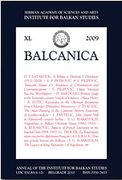

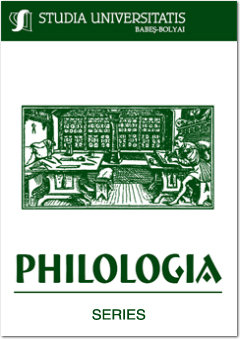
Keywords: Irish; mythology; woman; idealization; heroic; love; death.
“The Deirdre Legend Revisited by Yeats, Synge, and Lady Gregory. A Turkish Perspective”. This paper deals with the different treatment of the Deirdre legend by three Irish authors: Synge, Yeats, and Lady Gregory. What linked these writers was their desire to prove the artistic and the conceptual value of Irish mythology. It is also important to point to the important role the idealized Irish woman played in this mythology, an element which is particularly relevant for a Turkish reader of these texts.
More...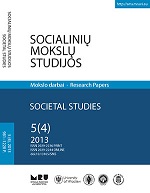
Keywords: nation; state; history; tradition; creation
The article deals with the problem of the paradigmatic changes of the concept of nation, which was going on in the period from the end of the 18th and 19th centuries up to the present time. The ideas of German Romanticism and philosophy as well as those of French Enlightenment created the conceptual background of the traditional understanding considering the nation to be a part of the primeval structure of humankind. French Revolution gave birth to the political concept of nation. In the social sciences of the 20th century, the view dominates that basic circumstances of the appearance of nation in history as a historical subject have been political motives and cultural integration of society stimulated by the spread of the press media and literacy of the population, which took place in the period of disintegration of the feudal multicultural empires and the emergence of the modern national states. The process manifested itself mainly in two different formats: according to the “western” format the nation is defined by the state; according to the “eastern” format, the state is created by the nation. Under the influence of these factors, the nationality as such was transformed into nationalism as a certain form of patriotism. Theories held by some scholars are that nations were created or even “invented” as communities of imagination.
More...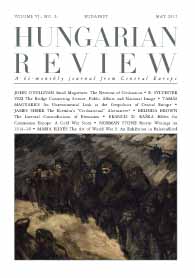
One of the most striking things about feminism is the extent to which a body of beliefs based on notions of equality has produced new inequalities without hardly anyone seeming to notice. I particularly have in mind the inequalities between a rich, privileged female elite and the majority of other women as well as the growing inequalities between men. These are partly the consequence of changes in the employment market produced by a growing pool of female labour prepared to work for a lower wage because their priorities lie elsewhere.
More...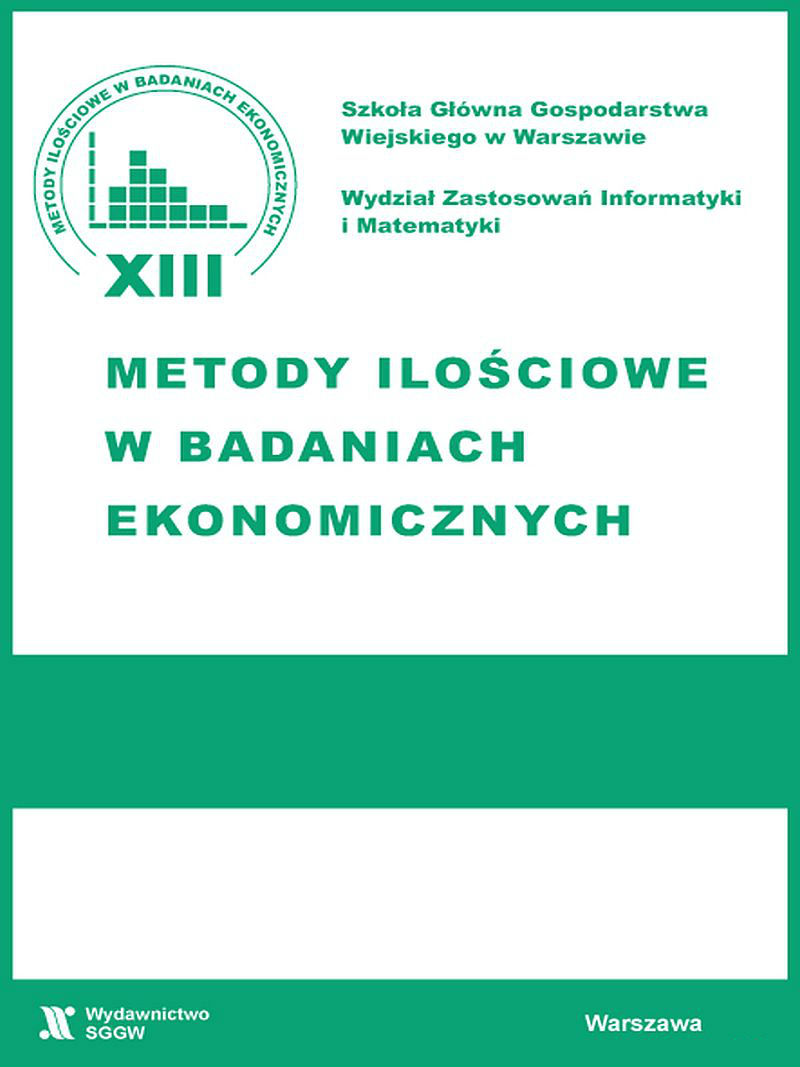
Keywords: art market; determinants of prices; hedonic regression
The turbulences of the contemporary financial markets lead to exploration of alternative assets such as art. The aim of this pilot study is to investigate for the price determinants of paintings on the Polish art market using transaction data from art auctions involving the works of 50 most significant Polish artists. The study proved that some factors are statistically significant for the price of paintings; these include the subject (i.e., self-portrait), the age and size of the artwork, and the reputation of the artist.
More...Keywords: quality; building industry; green buildings; conventions theory
Conventions theory was developed in part to explain how heterogeneous actors with asymmetrical information manage to carry out economic transactions. In particular, how do these actors work together to reduce uncertainty about the quality of the commodities involved? While most applications of conventions theory have been in the agro-food industry, this paper looks at the newly developing green building industry as an example of economic production that relies on multiple constructions of quality in its production and consumption processes. Previous work has shown that conflicts over quality often arise when the parties involved are operating under different conventions, a danger with the multiple actors that must cooperate to produce (and consume) a green building. Furthermore, in the case of green buildings, uncertainty about a product's performance does not end at the point of transaction; the quality of many of the materials or processes involved can only be proven over time. I argue that the producers of green buildings and green building materials have overcome the problems of a) uncertainty over time and b) conflicts over the meaning of quality by drawing on all four conventions simultaneously. Furthermore, this simultaneous incorporation of trust, third-party standards, price, and the common good, as enacted through the Leadership in Energy and Environmental Design (LEED) standards of the U.S. Green Building Council (USGBC), is one of the main reasons for the phenomenal growth of the green building industry among public, private, and non-profit clients.
More...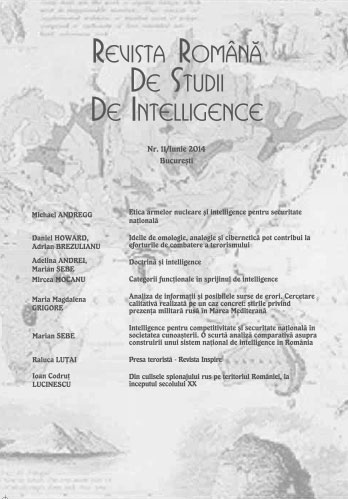
Keywords: nuclear weapons, national security, intelligence, ethics
From the beginning of the nuclear age there have been fears that we may have invented a weapon that will destroy us all. J. Robert Oppenheimer, who helped build the first fission bombs, commented often on this (1). Albert Einstein, whose letter to then President Franklin Roosevelt helped convince him to fund them, talked about the imperative to seek peace and new ways of thinking about everything as he neared death (2). Bertrand Russell coauthored a Manifesto with Einstein (and nine others) to warn the world that everything had changed (3). Yet thousands of thoughtful people still felt compelled by the urgencies of World War II to make nuclear weapons and to use two of them against other human beings. To end the war, they said to each other, and perhaps to show the Soviets who would be the big dog following.
More...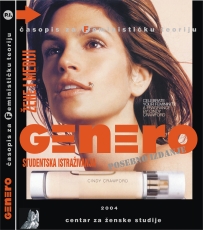
Keywords: Nation; sexuality; TV spot; patriotism; cultural symbols;
In this article the author analyzes representations of nation and gender in a series of ‘patriotic’ TV clips entitled Serbia that I love, which were broadcasted on BK TV in Serbia (2001/2002). The author deals with the ways in which women in these TV clips were represented as cultural symbols of the nation, both in constructing its ideal images and in negotiating conflicts about its identity as ‘traditional’ or ‘modern’. In representing nation, these clips play with the contrasts between representations of ‘Mother Homeland’ in a rustic idyll of Orthodox family and representations of the young female singers in them, their contemporary outfit and their pop style. They negotiate political conflicts surrounding national and gender identity practices by representing them as cultural differences between traditional and contemporary clothing, church music and pop etc. Furthermore, by representing the alternative to Orthodox familialism as a cultural difference, these clips obscure its political character and reaffirm its violent exclusionary potentials on the grounds of ethnicity, gender, sexuality etc. as a legitimate cultural difference.
More...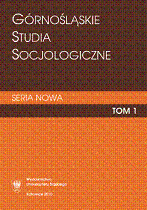
Keywords: civil society; the third sector; associations; voluntary work; political activity
The author of the article describes the image of the Silesian civil society which is much the same as the image of the civil society in Poland. Although the number of similarities increases, the third sector becomes more and more professional, and many non-governmental organizations and institution conduct very interesting work, civic and political activity does not change and is comparatively low. Several condition influence this situation: rules of law, the form of social structure, traditions, culture and methodological factors.
More...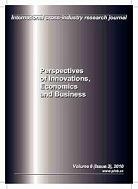
Keywords: Risk; preparedness for risk; social instability; group; decision making.
The author analyzes theoretical sources with the view of operationalization and systemization of the notions of risk as well as the notions that are connected to it. This article provides a detailed overview of the definition of risk and its components; it also identifies external and internal sources of uncertainty as one of the main components of risk situation. This article is seen as an attempt to analyze a risky situation and recognize whether the phenomenon of risk is the factor of organizational behaviour. And still there are relevant though unsolved theoretical and practical issues concerning the problem of individual psychological disposition to risk in connection with individual personal peculiarities and social conditions.
More...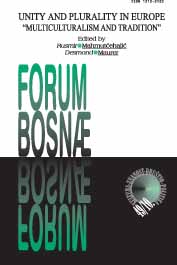
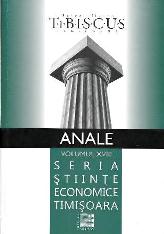
Keywords: sustainable local development; local government finance; sustainable development strategies; local budget
Local sustainable development implications on local public finances are complex because this phenomenon explained by development strategies mobilizes local resources towards achieving the three dimensions that define the phenomenon. This paper aims to develop these implications in Romania, showing that the local development strategy determines the reorganization of local government finances in identifying resources to cover expenses, which are directed towards achieving the goals.
More...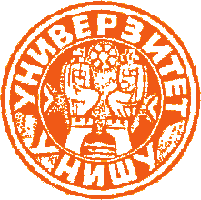
The Orthodox religion, coupled with the Kosovo mythology, directly participated in creating social mentality among the Serbs, while offering, as a model of the "inner-world" asceticism, a heroic death for national causes ("for the noble cross and golden freedom") or stoic endurance of the humiliation in slavery (modeled after the Christian martyrs). The view of the future that would be deprived of suffering and humiliation assumed as its eschatological objective the "heavenly kingdom" for the former generations and the "new Serbian empire" for the future ones. Such a model of the "inner-world" asceticism, in its turn, contributed to "forsaking the world", that is, to a passive attitude toward everyday engagement in the work that would be founded upon strictly organized and rational principles. The assumption that the Orthodox Christianity, as an identifier, participated in preserving the national identity of the Serbs is correct, but it should not be ignored that there were other factors at work as well - especially the mythology that gathered around the "myth of Kosovo". Still, in the recent history of the New Age (18th-19th centuries), when the Serbs started their liberation process trying to re-connect themselves with the European civilization the Orthodox religion not only failed to contribute to the modernization processes but it was most often in conflict with them.
More...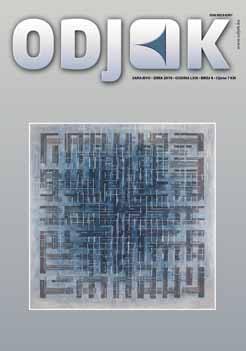
Demokratski kapitalizam je kao koncept vladanja označen jednostavnom činjenicom da je metod njegove legitimacije uvjetovan interpretacijom funkcije političke moći od samog demosa. S obzirom da je interpretacija društvene stvarnosti od strane demosa u najvećoj mjeri uvjetovana cirkulacijom kapitala, pratećim tržišnim ideologijama te plutokracijama koje kontroliraju pomenuti tok, rezultat odnosa na liniji – demos moć ne realizira se samo kao nominalna moć demosa, nego i kao neutralizacija političke moći u onom aspektu u kojem bi bila odgovorna za proizvodnju društvene stvarnosti neopterećene logikom kapitala.
More...Keywords: Innovation; management; financing of innovation; organization
The authors of the article present issues relating to innovation management in organisation. They discuss factors that determine making innovative decisions as well as new strategy, i.e. Europe 2020 that may be an opportunity to redefine Polish innovation policy and a chance for Polish enterprises to develop. The authors emphasize a fundamental role of capital in financing innovative activity conducted by enterprises, and present one of models for the implementation of public and private capital in financing this sphere.
More...
Keywords: Foreign languages; multilingual European; language preference; national identity; European identity; university students; quantitative research
Foundation of a new Faculty of Applied Languages required the creation of a number of new courses based on a detailed knowledge of needs and attitudes of tertiary level students in relation to languages, history, civilization and identity. Slovakia as a member of EU has been developing since accession in 2004 under its strong influence. The young generation has found new opportunities but challenges too. These facts induced an increased interest in studying the influences of intercultural communication within the European environment. The presented research focused on two fundamental areas; a quantitative and qualitative evaluation of language learning among university students, and measuring and comparison of two identities closely related to languages, national and European ones. The findings of the research carried out by means of a questionnaire confirmed that the university students in Bratislava coming from all regions of Slovakia can be characterized as fully fledged multilingual/plurilingual Europeans with significant identification with both national and European identities
More...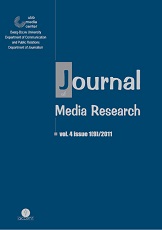
Keywords: ethical fundamentals; journalistic responsibility; media communicator
The present text intends to analyze the ethical fundamentals of journalistic responsibility. The initiating premise is the necessity to know the ethical and philosophical aspects that generate explanations for professional ethics. The present approach starts from the idea that journalists need to acquire the necessary ethical expertise in order to understand the ethical structures that are the basis for defining the deontology of the media communicator, of ethical responsibility, and also for understanding the relation between the ethical and the juridical, between liberty and responsibility, between the control of personal actions and external manipulation – all in order to be able to make ethical decisions and to solve ethical dilemmas. These can contribute to a better understanding of the ethical responsibility of the journalist.
More...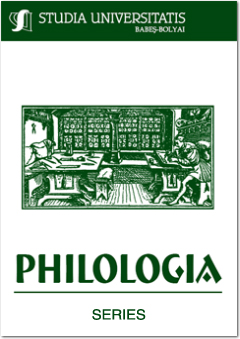
Keywords: purity; modern Japan; Hossō Buddhism; Westernisation; national identity; personal identity; patriotism; authenticity.
Reordering the World: Purity in Yukio Mishima’s The Sea of Fertility. With his last fictional work, Mishima attempts to explore the options one would find available in a desacralised 20th century Japan. Within the background of modernist change and Westernisation, and that of Buddhist belief, his characters adhere to the path of purity by attempting to realign the changing world under their own prerogatives, with the final pupose of preserving identity. In an ultimate application of the mono no aware concept, Mishma discerns the essentiality of a short yet meaningful life in contrast with the degradation of passivity. As such, the purpose of this inquiry is to analyse the evolution of the tetralogy within the frame of these circumstances, and the author’s perspective on the notion of purity in relation with personal and national identity.
More...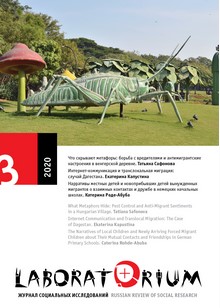
Keywords: Journalism; Sociology of the Media; Tatarstan; Crimea; Bourdieu; Censorship; New Censorship Theory; Self-Censorship;
This article offers a preliminary analysis of a comparative study of journalistic fields in contemporary Tatarstan and Crimea. This analysis allows us to see how the boundaries of what can be said are established in two different regions of Russia that differ by degree of autonomy from their de facto federal center and by degree of regional involvement in geopolitical conflicts. The article investigates how the state sanctions certain media outlets and journalists and how these sanctions can differ by region and bring about varying adaptation strategies among journalists who are affected. The primary focus of the article is on adaptation strategies in the form of self-censorship. Drawing on 70 qualitative interviews conducted in Tatarstan and Crimea (after Russia’s annexation of the peninsula), the article shows that in the journalistic fields of more autonomous regions that are not involved in conflict journalists value social capital more than other forms of capital. This means that personal connections among people are important for a journalist to become successful, and in these cases journalists are prone to drawing a distinct line between their “private transcripts” and “public transcripts,” to use the words of James C. Scott. In regions that are relatively less autonomous and are embroiled in conflict, symbolic capital, or the capital of esteem and legitimacy of those on the top of the power hierarchy, plays a relatively more important role. In this situation journalists employ a strategy of “mobilizational self-censorship” in their journalistic work, but due to the smaller role of social capital they do not self-censor outside of the workplace.
More...Keywords: Governmental politics; organizational process; rational actor; Russia; Ukraine; war initiation;
The subject of the paper concerns Russia’s decision to start a conventional war by invading the independent and sovereign Ukrainian state with regular troops on February 24th, 2022. The research question that I will address is how Putin decided in favour of a military solution to advance his foreign policy goals. The methodology I use to address the issue consists of the following steps: (i) identify mostly in news articles the information that most likely influenced Kremlin’s calculus (thus rejecting some claims that Putin is irrational or insane); (ii) briefly present the three theoretical models employed by Graham T. Allison (1971) to explain the Cuban Missile Crisis - The Rational Actor, The Organizational Process and The Governmental Politics; (iii) apply the basic unit of analysis, organizing concepts and dominant inference pattern for each of the three theoretical models in order to analyse how the balance might have been tipped in favour of a full-scale military intervention, from Russia’s perspective.The analysis contributes to a better understanding of the decision-making mechanisms that led to war, despite limitations stemming from the lack of reliable information for the time being.
More...